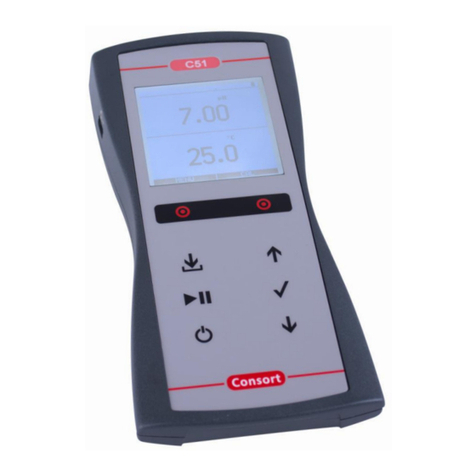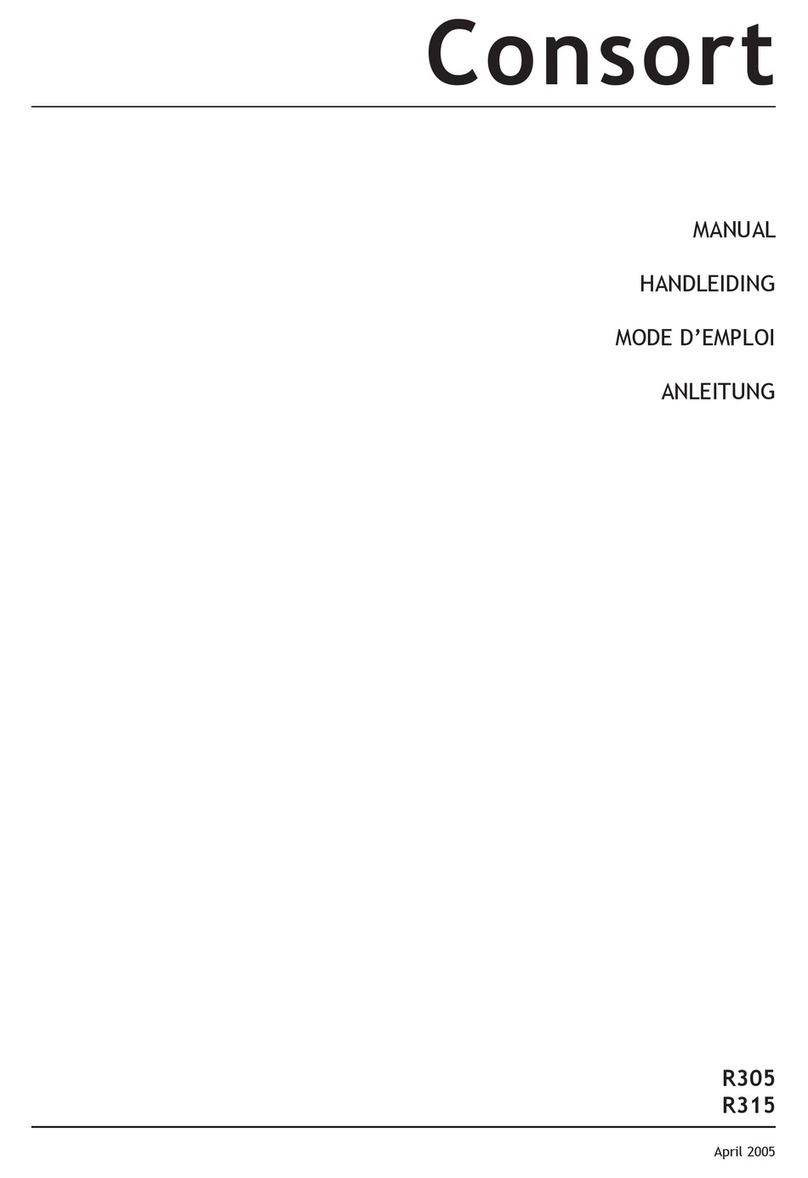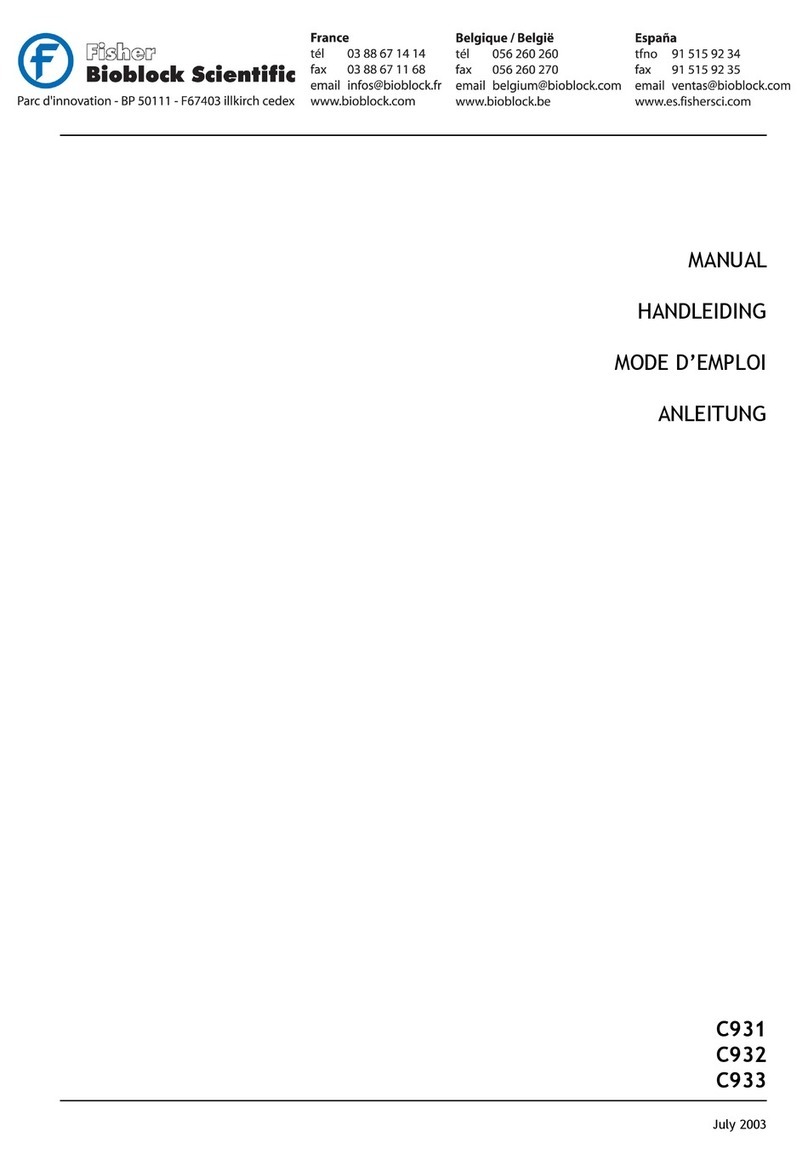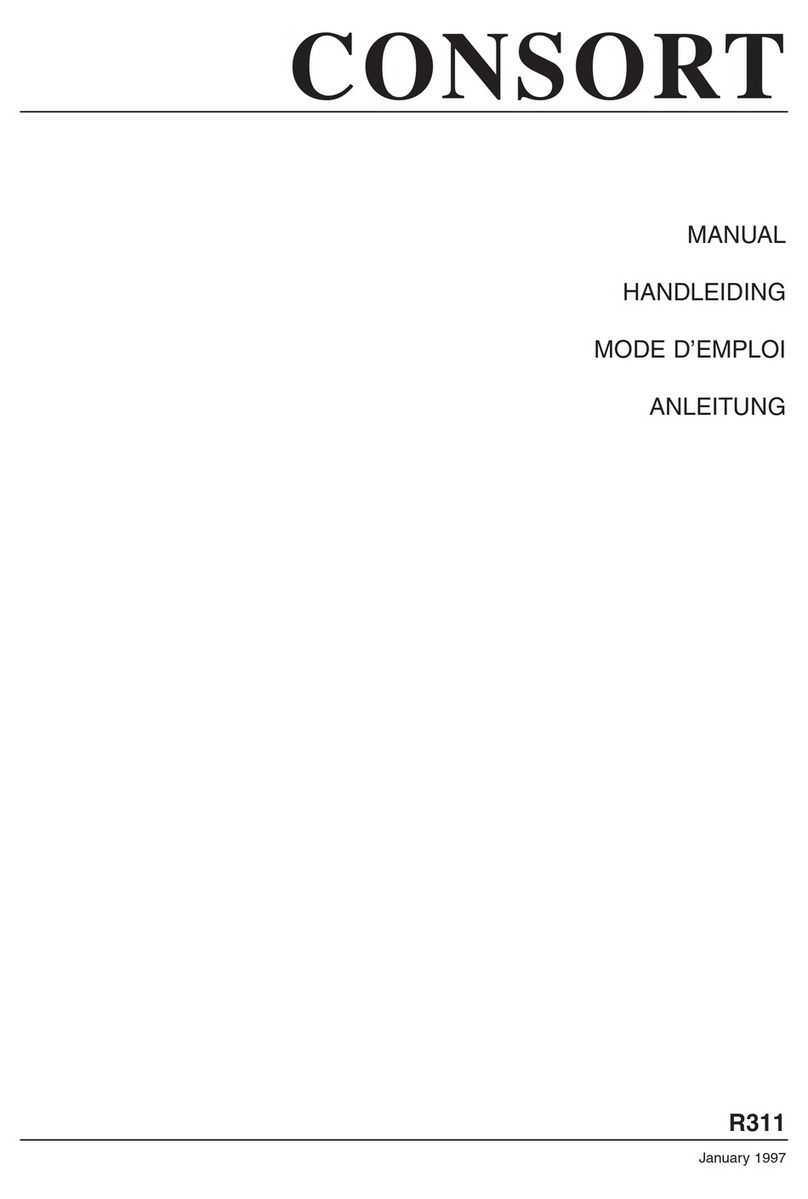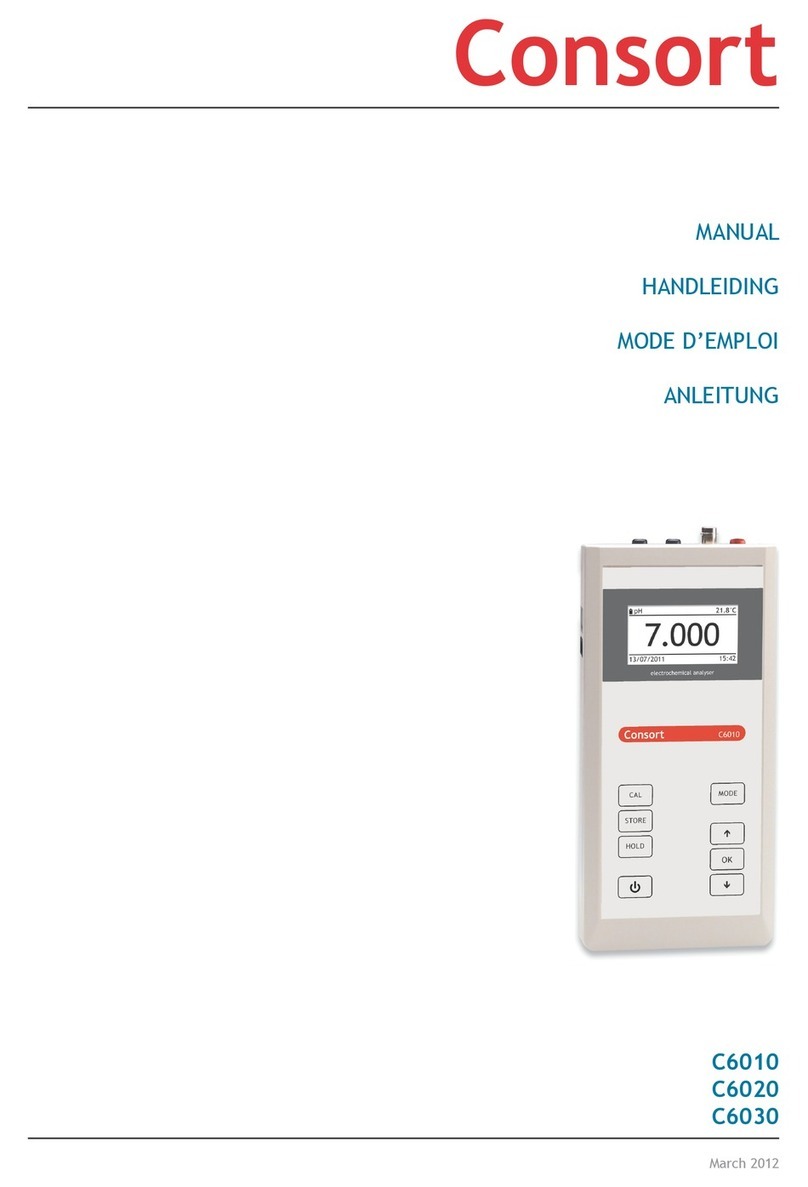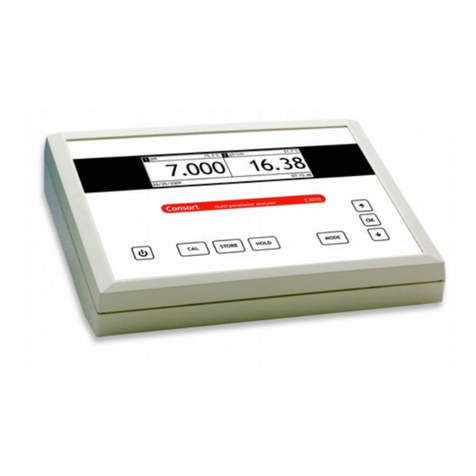Table of contents
Introduction ................................. 1
Manufacturer ............................... 1
Warranty .................................... 1
Servicing .................................... 1
Specifications .............................. 2
Keyboard .................................... 2
Error codes ................................. 3
SET-UP . . . . . . . . . . . . . . . . . . . . . . . . . . . . . . . . . . . . . . . . . 3
Beeper ...................................... 3
Alarm ........................................ 3
Printer ....................................... 4
Identification number ...................... 4
Secret code ................................ 4
DATA-ACQUISITION ......................... 4
Logging data ............................... 5
Adding data ................................ 5
Recalling data .............................. 5
Printing data ................................ 6
Inputs ........................................ 6
MEASUREMENTS ........................... 6
Theory ....................................... 6
Maintenance ............................... 7
Measurements
with 1-point calibration ................ 7
with 2-point calibration ................ 8
Relative measurement .................... 9
Temperature measurement .............. 9
DATA COMMUNICATION .................... 9
Recorder output ........................... 9
GLP-protocol ............................... 9
Digital output ............................... 10
Printer connection ......................... 11
Computer connection ..................... 11
TROUBLE SHOOTING ...................... 12
Calibrate .................................... 12
Reset ........................................ 12
Inhoudsopgave
Inleiding . . . . . . . . . . . . . . . . . . . . . . . . . . . . . . . . . . . . . 13
Fabrikant .................................... 13
Waarborg ................................... 13
Onderhoud ................................. 13
Specificaties ................................ 14
Toetsenbord ................................ 14
Foutmeldingen ............................. 15
INSTELLEN .................................... 15
Zoemer ...................................... 15
Alarm ........................................ 15
Afdrukken ................................... 16
Identificatie ................................. 16
Kode . . . . . . . . . . . . . . . . . . . . . . . . . . . . . . . . . . . . . . . . . 16
METINGEN OPSLAAN ...................... 16
Gegevens opslaan ........................ 17
Gegevens toevoegen ..................... 17
Gegevens oproepen ...................... 17
Gegevens afdrukken ...................... 18
Ingangen .................................... 18
METING ........................................ 18
Theorie ...................................... 18
Onderhoud ................................. 19
Meten
met 1-punts ijking ...................... 19
met 2-punts ijking ...................... 20
Relatieve meting ........................... 21
Temperatuur meting ....................... 21
GEGEVENS-UITWISSELING ............... 21
Analoge uitgang ........................... 21
GLP-protocol ............................... 21
Digitale uitgang ............................ 22
Verbinden met printer ..................... 23
Verbinden met computer ................. 23
FOUTEN ONDERZOEK ..................... 24
Afregelen ................................... 24
Herzetten ................................... 24
ii


